I recently overheard an older woman in my local public pool locker room recounting a story to a friend about developing plantar fasciitis, a common foot arch overuse injury. To my knowledge, she did not have diabetes (which could have put her at higher risk for developing any and all overuse and joint injuries), but she looked to be in her late 60s or early 70s.
Her story was that her foot problems had come on suddenly, and the only thing she had done differently was walk on the beach and go up and down about 150 steps to access the sand. She had been a bit sore in her leg and butt muscles the day after the beach walk, and then her plantar fasciitis came on shortly thereafter. She told her friend that she and her husband cycle three days a week and swim on the other days, so they are regularly active but just hadn’t been walking the beach or the steps to reach it for about six months.
Her exasperated comment was, “So, now I’m at the age where I’m getting injured from just walking?”
Her story resonated with me, given my own recent experiences with having various overuse injuries that come out of seemingly nowhere. This past weekend, I did the same step and beach walk as that older woman (who has at least a decade on me). The walk was only about 3 miles at a normal pace, but the sand was fairly slanted due to the tides and our timing. The next day when my husband and I went for another walk on regular level surfaces, my left hip joint was hurting and the pain has persisted for a couple days. Yesterday, I tried doing a hip abductor resistance training machine and could barely move any weight with my left side—all from just beach walking!
Both of our stories just go to show you that training is very specific for the joints and muscles used and the manner in which they are worked. Cycling does not train you for swimming, and even walking on flat surfaces (which I do regularly) does not stress your joints and muscles the same way as walking on a slanted beach (which I had not done for at least 5 months).
Generally, overuse injuries are caused by repetitive microtrauma that leads to inflammation and/or local tissue damage. Unfortunately, this damage can result in overuse conditions like tendinitis or tendinosis, stress fracture, synovitis, entrapment neuropathies, ligament strains, or myositis.
When are you most likely to develop such injuries? They’re more common whenever you change the mode, intensity, or duration of your exercise training. Changing your normal workouts causes your body to respond to the repetitive overload on tissues that are trying to adapt to the new or increased demands. When there is a mismatch between overload and recovery, you can end up with tissue breakdown at the cellular level, which can lead to an acute injury or an overuse one.
What can you do to combat getting such overuse injuries, especially when you’re busy and already fitting in as much activity on a daily/weekly basis as you can? Here are a few suggestions:
- Ease into different and/or new activities slowly and don’t overdo it when you start out until your body has time to adapt and adjust.
- Give your irritated joints time to heal before you try the aggravating activity again (in other words, don’t add insult to injury by trying them again until the pain is better).
- Work on getting and maintaining full motion around the joints you tend to aggravate as their flexibility is important to avoid injuries.
- Incorporate exercises into your resistance training routine that strengthen all the muscles around your joints to balance them out, especially any joints you have injured previously.
- Work on your form or mitigate other aggravating factors—such as getting newer or different shoes, especially if you have a lot of miles on your current pair or need a different type to walk on the beach.
As they always say, aging isn’t for sissies. But I also always add, “But it beat the alternative.” Stay active, stay well, and live a long and healthy (and hopefully mostly injury-free) life.






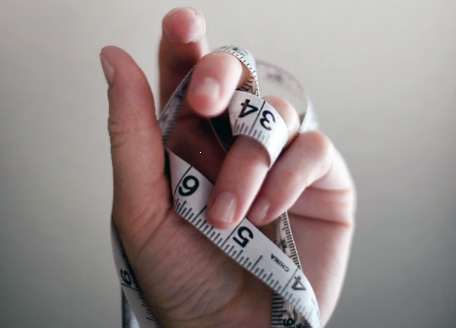
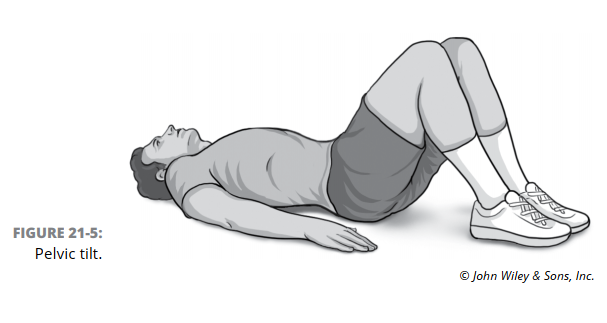
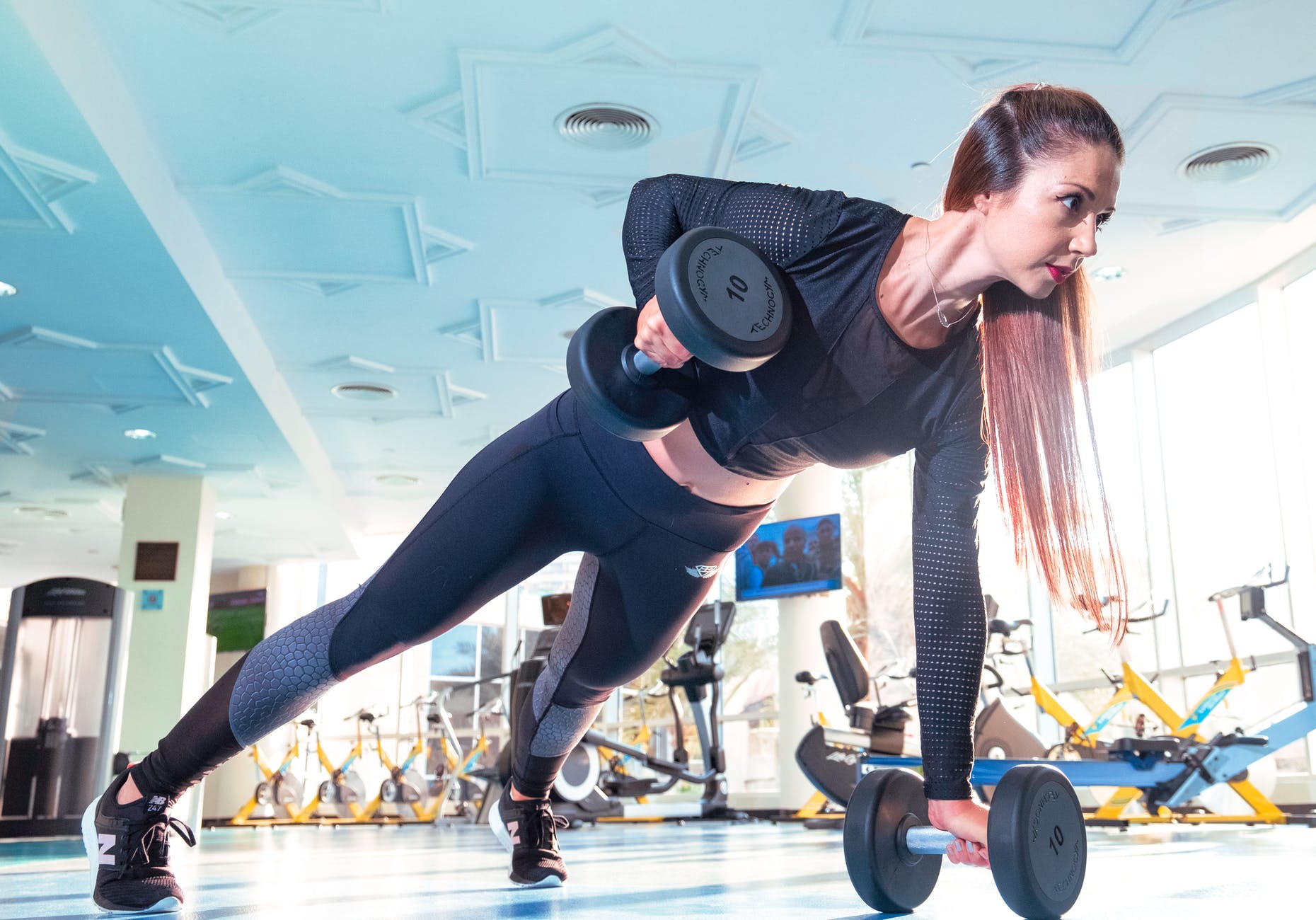
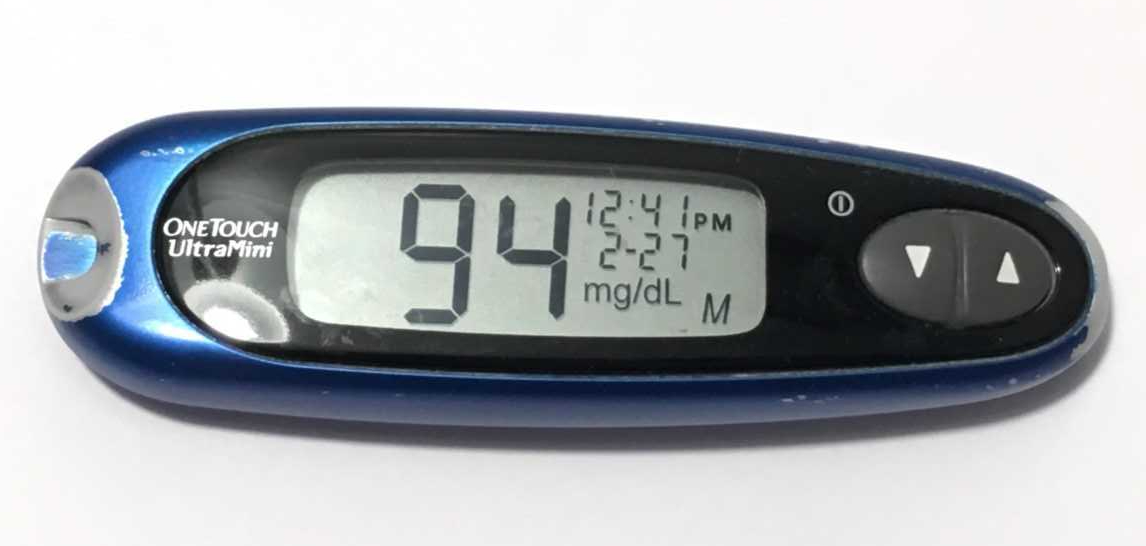
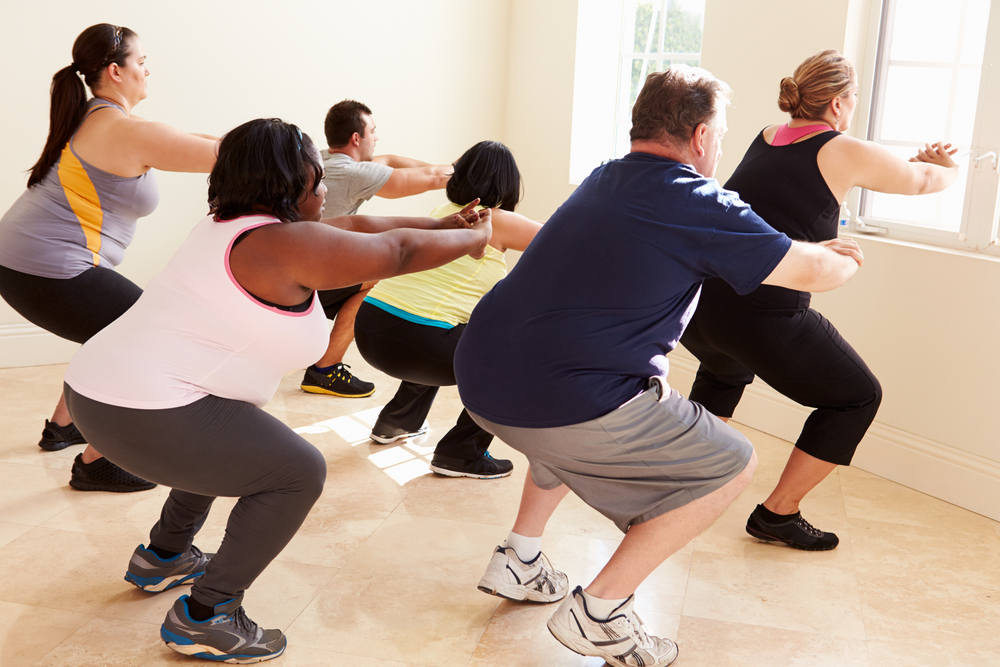 In mid-November 2018, the U.S. Department of Health and Human Services finally released
In mid-November 2018, the U.S. Department of Health and Human Services finally released